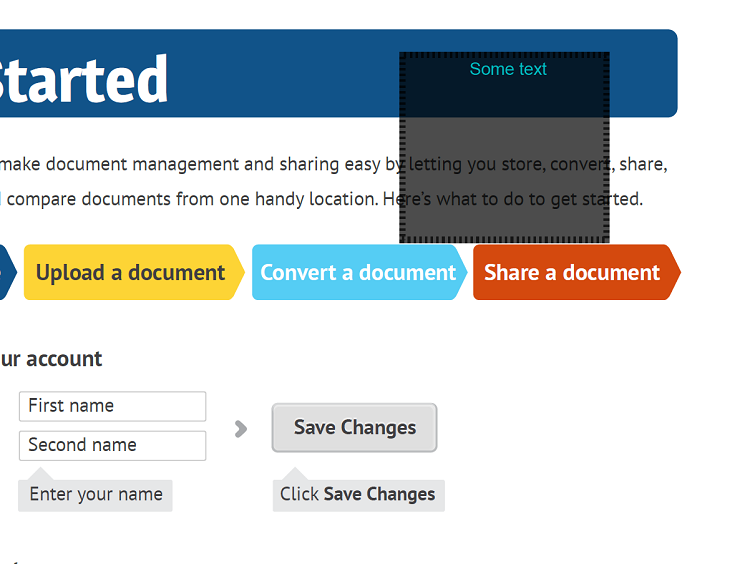Oor GroupDocs.Annotation for Net API
GroupDocs.Annotation for Net API is ’n biblioteek wat jou toelaat om aantekeninge by PDF, Word en ander dokumente op Mac, Windows of Ubuntu te voeg. GroupDocs.Annotation for Net is ’n inheemse Net API vir die bestuur van aantekeninge met omvattende ondersteuning vir die skep, byvoeging, redigeer, uitvee, onttrek en uitvoer van aantekeninge van beelde en verskeie ander dokumente. Die volledige lys van ondersteunde dokumentformate wat jy op hierdie [bladsy] kan sien (https://docs.groupdocs.com/annotation/net/supported-document-formats/).
Hierdie biblioteek laat jou toe om nie net met DICOM dokument te werk nie, maar ook met baie ander tipe dokumente soos Word, Excel, PowerPoint, Outlook-e-posse, Visio, Adobe, OpenDocument, OpenOffice, Photoshop, AutoCad en vele ander.
Die GroupDocs.Annotation for Net API laat jou toe om nuwe notas te skep en by te voeg, aantekeninge te wysig, opmerkings, annotasies te onttrek en dit uit dokumente te verwyder. Die biblioteek ondersteun 13 verskillende aantekeningtipes, insluitend teks, polilyn, area, onderstreep, punt, watermerk, pyl, ellips, teksvervanging, afstand, teksveld, hulpbronredaksie in PDF, HTML, Microsoft Word-dokumente, sigblaaie, diagramme, aanbiedings, tekeninge, beelde en baie ander lêerformate.
Die voorbeeld (sien asseblief hieronder) demonstreer werk met DICOM dokument, in hierdie voorbeeld kan jy die hoofstappe sien van hoe om met GroupDocs te werk. Aantekening: Stel ’n lisensie op, maak ’n dokument oop waarmee jy wil werk, skep ’n annotasie, byvoeging van data-objekte om annotasie-eienskappe volgens u vereistes te stel en die resultaat op die nodige plek te stoor. Jy kan ook meer gedetailleerd kyk na die ondersteunde kenmerke op ons github bladsy, of in ons produk dokumentasie.
